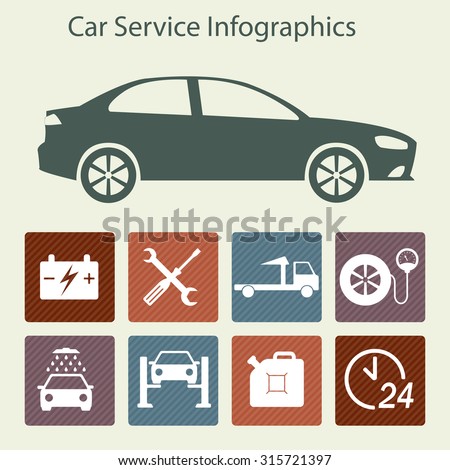Why Normal Tire Upkeep Issues: A Comprehensive Strategy To Tire Inspection And Rotation
Why Normal Tire Upkeep Issues: A Comprehensive Strategy To Tire Inspection And Rotation
Blog Article
Personnel Author-Gylling Finn
Ensuring your tires remain in leading problem is more than just a routine task-- it's a safety important for every single trip you embark on. From preserving appropriate air pressure to evaluating for damage, the health and wellness of your tires directly influences your car's efficiency and your wellness on the road. Yet what are the crucial actions to take to keep your tires in prime form? Let's discover the important aspects of tire upkeep that you should not neglect.
Advantages of Regular Tire Maintenance
Routine tire upkeep uses a variety of advantages that can improve your driving experience and ensure your security when driving. By keeping your tires appropriately blew up, you boost fuel performance, conserving you money at the pump.
Properly maintained motorcycle mechanic school offer much better traction, lowering the risk of crashes, especially during severe weather. Effectively straightened and balanced tires cause a smoother ride, decreasing resonances and boosting overall car handling.
Consistently revolving your tires advertises also walk wear, extending their life-span and saving you from premature substitutes. Additionally, keeping the correct tire stress can prevent blowouts and flats, decreasing the opportunities of unforeseen failures when traveling.
Tire Assessment Guidelines
When checking your tires, it's crucial to take notice of numerous crucial facets to guarantee they remain in ideal condition for safe driving. Beginning by examining the tire stress using a stress scale to guarantee it matches the maker's suggested degree.
Check the step deepness by positioning a dime upside-down into the step grooves; if you can see every one of Lincoln's head, it's time for new tires. Search for any type of signs of uneven wear, which may indicate placement concerns or inappropriate rising cost of living.
Look for cuts, bulges, or cracks on the tire sidewalls, as these can result in blowouts. In addition, analyze the tire valves for damages or leakages. Remember to evaluate all four tires, including the spare if suitable.
Proper Tire Rotation Techniques
To ensure even wear and expand the life-span of your tires, it's vital to adhere to correct tire rotation methods. Normal tire rotation helps distribute use equally across all 4 tires, promoting longer step life and boosting general efficiency. Start by examining your vehicle's manual for the recommended turning pattern. Commonly, Click At this website -wheel-drive, rear-wheel-drive, and all-wheel-drive cars have different turning patterns to represent differing wear patterns.
For most cars, the recommended tire rotation period is every 6,000 to 8,000 miles, yet this might vary, so it's important to consult your handbook.
When turning your tires, swap the front tires with the rear tires, relocating the left back tire to the left front position and vice versa. Keep in mind to likewise go across the back tires to the opposite sides when relocating them to the front. This simple yet efficient turning method helps make sure that all tires wear uniformly, maximizing their life expectancy and maintaining optimal efficiency.
Final thought
Ensure to prioritize regular tire maintenance to maintain your automobile running efficiently and securely. By adhering to easy inspection standards and correct rotation techniques, you can expand the life-span of your tires, boost fuel effectiveness, and enhance general efficiency when traveling. Don't neglect the importance of caring for your tires - it's a small initiative that can make a huge difference in your driving experience.
